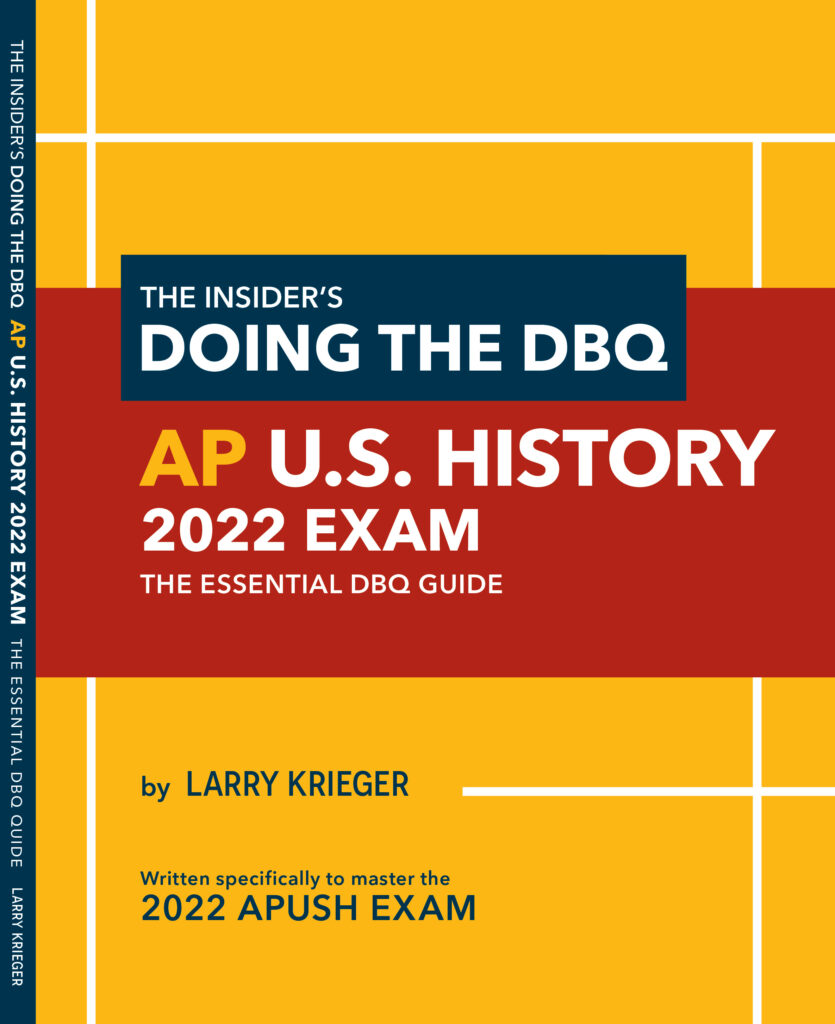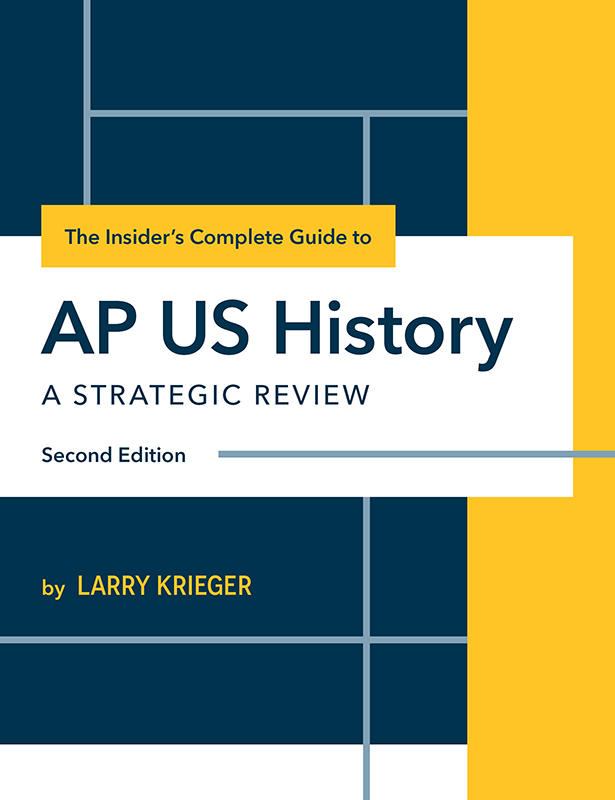Eyeball to Eyeball:
Berlin, Cuba, and Ukraine
“We were eyeball to eyeball, and I think the other fellow just blinked.”
What do Berlin, Cuba, and Ukraine have in common? Berlin and Cuba featured eyeball to eyeball confrontations between the United States and the Soviet Union. Ukraine may soon become an eyeball to eyeball confrontation between NATO and Russia. The Cold War crises in Berlin and Cuba taught important lessons that can be applied to the war in Ukraine.
The city of Berlin lay in East Germany, 110 miles inside the Soviet-occupied zone. Soviet dictator Joseph Stalin viewed the presence of the United States in Berlin as an obstacle to his plan to dominate East Germany. On June 24, 1948, he closed all the roads, rail lines, and canals linking Berlin to West Germany.
Stalin believed the blockade would convincingly demonstrate that the United States had neither the power nor the will to support Berlin. He was wrong. President Truman surprised Stalin by choosing to supply the city by air. Although this strategy avoided a direct confrontation with the Soviet Union, it required a massive and unprecedented airlift of food, fuel, and medicine. To guard against a Soviet attempt to intercept the airlift, Truman transferred 60 strategic bombers to bases in Great Britain. The show of American strength worked. The constant roar of planes above Berlin provided a vivid demonstration of American determination while also underscoring America’s critical role in deterring the Soviet Union.
The Cold War’s most dangerous crisis occurred in Cuba. Both the Monroe Doctrine and the Roosevelt Corollary defined Cuba as part of America’s sphere of influence in the Western Hemisphere. The confrontation in Cuba began in October 1962 when Soviet premier Nikita Khrushchev secretly began to install 42 ballistic missile sites in Cuba. Each missile could be fitted with a nuclear warhead 20 to 30 times more powerful than the bomb that destroyed Hiroshima.
A high-flying American U-2 plan discovered the missile sites on October 14, 1962. After 8 days of secret deliberations, President Kennedy addressed the American people. He denounced Khrushchev’s “clandestine, reckless, and provocative threat to world peace.” As a stunned public that included me listened intently, JFK announced a “quarantine” or naval blockade of Cuba and demanded the immediate removal of the Soviet missiles. He firmly warned that any missile launched from Cuba would require “a full retaliatory response upon the Soviet Union.”
Faced with American determination and overwhelming strength, Khrushchev backed down and withdrew the missiles in return for an American pledge not to invade Cuba. As Secretary of State Dean Rusk observed, “We were eyeball to eyeball, and I think the other fellow just blinked.”

The Cuban Missile Crisis had important consequences for both Kennedy and Khrushchev. JFK’s successful combination of toughness and measured restraint increased his global prestige. In contrast, Khrushchev’s miscalculation diminished his credibility and played a role in his ouster from power just two years later.
The Ukraine crisis began on February 24 when Russian President Vladimir Putin ordered his forces to invade Ukraine. Like Stalin and Khrushchev, Putin miscalculated the dangers. Armed by weapons from a now revitalized NATO, valiant Ukrainian forces are successfully inflicting significant damage on the Russian war machine. But the war is still far from over. In fact, it may be entering a new and even more dangerous phase. An increasingly isolated and angry Putin may escalate the crisis by turning to chemical, biological, and tactical nuclear weapons.
The United States and Russia are not quite eyeball to eyeball in Ukraine. But we are close. The two superpowers possess 90 percent of the world’s nuclear weapons. Although there are ongoing negotiations, Putin is keenly aware of Khrushchev’s ignominious fall from power. As a result, he may prefer to double-down on the violence and attempt to bulldoze Ukraine into submission. There are thus still dangerous days ahead. During the Cuban Missile Crisis, President Kennedy warned that “aggressive conduct, if allowed to go unchecked and unchallenged, will lead to war.” This lesson continues to be relevant to the crisis in Ukraine.
There are still dangerous days ahead. Lenin provided an insight into Russian strategic thinking when he wrote, “You probe with bayonets: if you find mush, you push. If you find steel, you withdraw.” Putin may view the sanctions as mush. Indeed, he continues to push and has recently begun to use hypersonic missiles to bombard Ukrainian strategic targets. Putin may only withdraw when he encounters American military steel. During the Cuban Missile Crisis, President Kennedy warned that “aggressive conduct, if allowed to go unchecked and unchallenged, will lead to war.” Lenin would agree.
FOR DISCUSSION AND WRITING
1. Compare and contrast the Cuban Missile Crisis with the crisis in Ukraine. What are the similarities? What are the differences?
2. Write a letter to the editor of your local newspaper expressing an opinion on how the United States and NATO should respond if Russia uses a chemical weapon in Ukraine.
3. “You probe with bayonets: If you find mush you push. If you find steel you withdraw.” Do you think Lenin’s axiom is still valid today?
FOR FURTHER READING
For up-to-date information on the Cold War, I recommend The Cold War, A New History by John Lewis Gaddis and A Concise History of U.S. Foreign Policy (5th edition) by Joyce P. Kaufman

Larry Krieger
Author · Instructor





